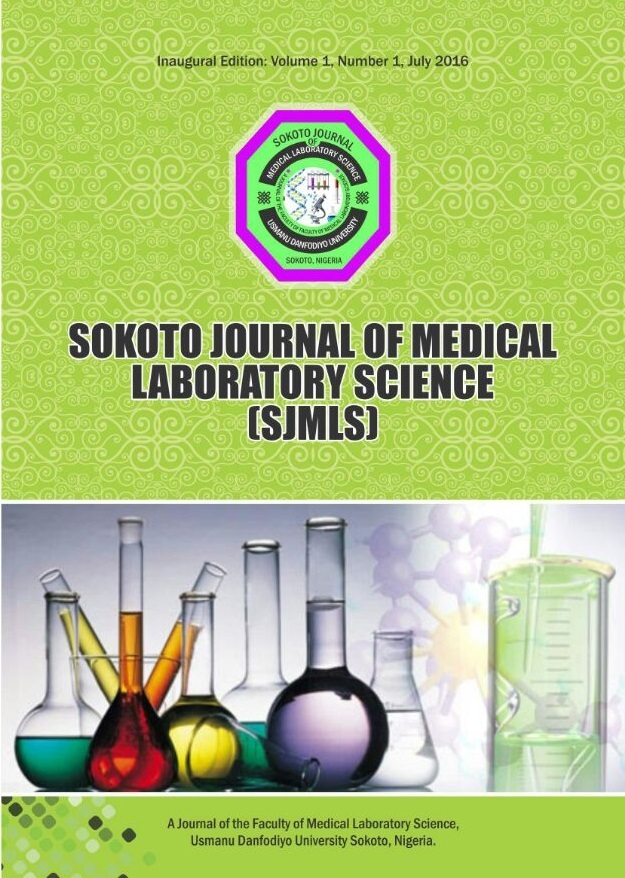A Review of Prevalence, Risk Factors and Clinical Significance of Microalbuminuria in Patients with Sickle Cell Anaemia.
Keywords:
Prevalence, risk factors, clinical significance, microalbuminuria, Sickle cell anaemia.Abstract
Sickle cell anaemia (SCA) is an inherited condition characterized by complications in various organs including the kidney. Sickle cell nephropathy results from damage to the nephrons, consequent upon renal haemodynamic response to recurrent episodes of sickling within the renal microvasculature. Microalbuminuria (MA) is an early indicator of such renal injury. The aim of this review was to determine the prevalence, risk factors and clinical significance of microalbuminuria in patients with sickle cell anaemia. Literature search using the search terms: Microalbuminuria, sickle cell disease, sickle cell nephropathy (SCN) of original articles, systematic reviews and review articles selected online through HINARI and other relevant websites were obtained. More recent articles were given preference. Thirty articles were selected. Other source materials were obtained from relevant websites and haematology textbooks. There was a rising trend for the prevalence of microalbuminuria with increasing age. Low haemoglobin and high glomerular filtration rates were consistently associated with microalbuminuria. Other variables including high blood pressure, total white blood cell count, markers of haemolysis and female gender were associated to a variable extent. There is strong evidence indicating that microalbuminuria is highly prevalent in patients with SCA. The natural progression of microalbuminuria has not yet been established, however, therapeutic trials with angiotensin converting enzymes inhibitors (ACE I) has shown promising results in reducing microalbuminuria.




